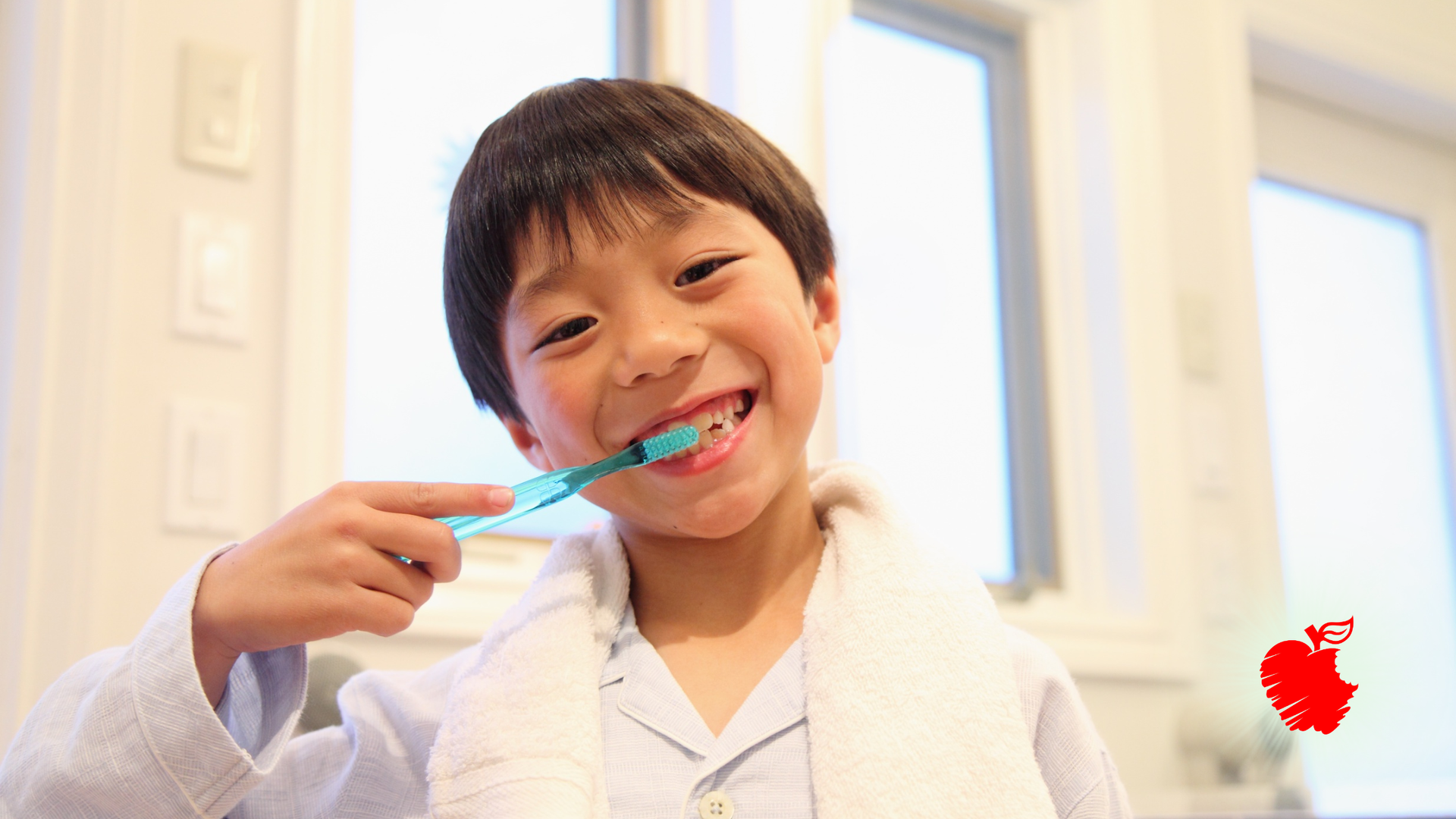Sealants for Kids: A Strong Defense Against Cavities

Source: Dr. Marketing
A child’s smile is constantly changing. Baby teeth loosen, permanent teeth erupt, and little habits slowly begin shaping oral health in ways that last well into adulthood. During these early years, parents often focus on brushing, flossing, diet, and routine dental visits. Yet one preventive tool consistently stands out as a powerful protector against cavities: dental sealants.
At Total Dental Care of South Carolina in Columbia, South Carolina, sealants are a central part of pediatric preventive care because they offer something every parent wants—an easy, painless, long-lasting way to keep kids’ teeth strong during their most cavity-prone years. While brushing and flossing lay the foundation, sealants add an extra layer of protection where children need it most.
This guide explores how sealants work, why they are recommended, and how they fit into a child’s long-term oral health plan. When parents understand their value, sealants often become one of the simplest decisions they make for their child’s smile.
Why Kids Are More Prone to Cavities on Back Teeth

Many parents assume cavities happen because their child loves sweets or forgets to brush. While these factors play a role, the deeper reason lies in the structure of molars. The chewing surfaces of back teeth are filled with deep grooves, narrow pits, and tiny crevices. These natural features help children chew effectively, but they also trap food and bacteria that toothbrush bristles cannot always reach.
Children also lack consistency in brushing technique. They may rush, miss sections of their mouth, or avoid brushing when tired. Combine this with diets that frequently include snacks and carbohydrates, and the risk of decay on molars rises dramatically. Sealants were developed to counter this exact challenge, not by replacing hygiene habits, but by reinforcing them.
What Sealants Are and How They Work

Dental sealants are thin, protective coatings applied to the chewing surfaces of molars. They are made from safe, BPA-free resin that flows into the tooth’s grooves before being cured with a special light. Once hardened, the sealant forms a smooth barrier that shields enamel from plaque, food particles, and acids.
Rather than altering the tooth structure, a sealant simply covers the vulnerable areas where cavities typically begin. For many children, this added protection reduces the risk of tooth decay by a significant margin, particularly during the first few years after their molars erupt.
Why Sealants Matter During Childhood

Childhood is the most cavity-prone period of life. Newly erupted molars are especially vulnerable because their enamel is not yet fully mineralized. These teeth also sit far back in the mouth, making them harder for children to brush effectively. Sealants support growing smiles in several important ways:
- Protection During High-Risk Years: The first and second permanent molars typically erupt around ages six and twelve. These years coincide with the stage when children are learning independence in hygiene, but still lack the consistency needed to prevent plaque buildup.
- Long-Term Benefits: Sealants not only prevent decay in the first place; they help maintain healthy tooth structure well into adolescence. A tooth protected early is less likely to need fillings, crowns, or more complex treatment later.
- Comfortable, Non-Invasive, and Painless: Unlike restorative dental procedures, sealants require no freezing, drilling, or removal of tooth structure. The process is gentle, making it ideal for children who may experience dental anxiety or fear of unfamiliar sounds.
- A Cost-Effective Part of Preventive Care: Preventing cavities is far more affordable than treating them. Sealants reduce the likelihood of future dental costs and protect families from the stress of unexpected dental concerns.
What Parents Can Expect During the Sealant Appointment

At Total Dental Care of South Carolina in Columbia, South Carolina, the sealant process is designed to be efficient, comfortable, and child-friendly. Most appointments take less than 15 minutes per tooth. The procedure typically includes a series of simple steps:
- The tooth is cleaned thoroughly to remove any debris within the grooves.
- A gentle, gel-like solution is applied to the surface to prepare the enamel.
- The tooth is rinsed and dried, ensuring the resin bonds properly.
- The sealant material is carefully applied and shaped to fully protect the grooves.
- A curing light is used to harden the sealant within seconds.
Afterward, the child can eat and drink normally. Sealants feel smooth and natural, and most children forget they are even there by the time they leave the office.
How Long Do Sealants Last?

Sealants typically last several years, though their longevity depends on factors such as chewing habits, bite alignment, and routine dental visits. Pediatric dentists check sealants during each cleaning appointment to ensure they remain intact. If a sealant wears down or chips, it can be repaired or replaced easily. While sealants are durable, they complement rather than replace good hygiene. Regular brushing, flossing, and dental checkups remain essential.
The Science Behind Sealant Effectiveness
Sealants are one of the most researched preventive dental treatments. Numerous studies support their effectiveness:
- Children with sealants have significantly fewer cavities than children without them.
- Sealants can reduce the risk of decay on molars by up to 80% during the first two years.
- The protective benefit continues for several years as long as the sealant remains intact.
This evidence underscores why organizations such as the American Dental Association and the Canadian Dental Association recognize sealants as a core component of pediatric dental care.
Frequently Asked Questions from Parents

Parents often have thoughtful questions about sealants. These conversations help build confidence in the treatment plan.
Are sealants safe?
Yes. Dental sealants are made from durable, BPA-free resin materials approved for pediatric use. They do not interfere with bite, growth, or enamel development.
Can sealants be placed on baby teeth?
Sometimes. If a baby molar has deep grooves and is expected to remain in the mouth for several years, a sealant can prevent decay during that time.
What if a sealant falls off?
Sealants are easy to repair. If one becomes chipped or worn, the dentist can reapply it during a routine visit.
Do sealants change the look of a child’s smile?
No. Sealants are tooth-coloured or clear, making them virtually invisible.
Will my child still need fluoride?
Absolutely. Sealants cover the chewing surfaces, but fluoride strengthens all enamel, including sides and areas between teeth.
Supporting Your Child’s Smile Beyond Sealants

While sealants provide a protective shield, a child’s overall oral health depends on daily habits and routines. Establishing consistency early helps children carry healthy habits into adulthood. Parents can support a strong foundation by encouraging:
- Twice-daily brushing with a fluoride toothpaste
- Daily flossing
- A balanced diet low in sticky snacks and sugary drinks
- Adequate hydration, especially with water
- Regular checkups and cleanings
Sealants, combined with these routines, give children one of the strongest defenses against future dental problems.
A Strong Start for Lifelong Oral Health

Sealants are one of the simplest yet most powerful tools in pediatric dentistry. They provide protection during the years when children need it most, shield molars from the earliest stages of decay, and support lifelong oral wellness. By investing in sealants, parents give their child the gift of a healthier, more confident smile.
At Total Dental Care of South Carolina in Columbia, South Carolina, pediatric preventive care is designed to make oral health both accessible and approachable. Sealants are a small step that yields large rewards, strengthening young smiles one tooth at a time. If you would like your child to benefit from sealants or want guidance on when to schedule them, our team is here to help. A bright, cavity-free future begins with the preventive choices made today, and sealants are one of the most valuable choices a parent can make.



